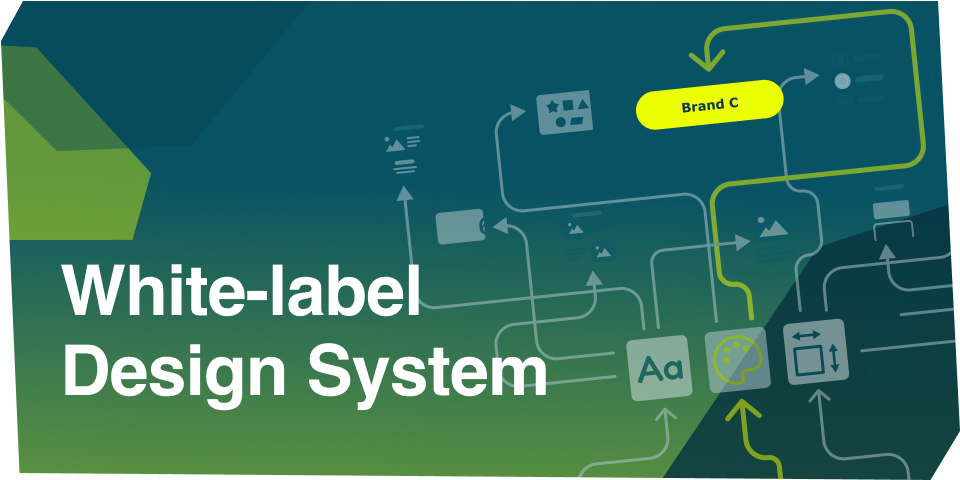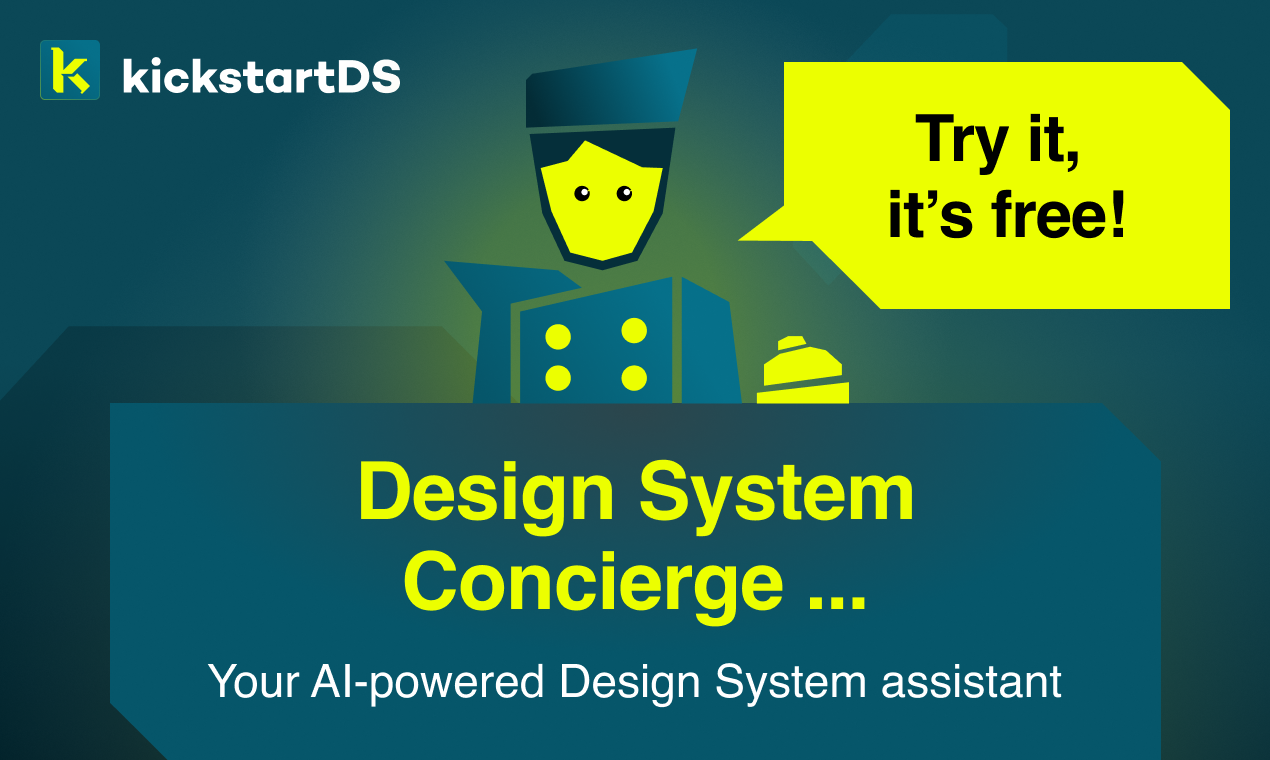The Website Accelerator is a powerful toolset designed to simplify the transition to headless architectures, offering rapid deployment, scalability, and sustainability. By integrating with platforms like Storyblok CMS and Netlify Create, it enables businesses to efficiently test new technologies and enhance development processes. This accelerator supports diverse applications, from enterprise-level tech trials to agency workflow optimization and SME website relaunches. Read how it empowers organizations to modernize their digital strategies with reduced risk, cost, and time to value.
Category: Uncategorized
kickstartDS is a white-label Design System
Why kickstartDS can in many cases be a great start into white-label design systems. Multi-brand simplified by relying on systematic structure with all modern best practices you’d expect, to save your digital team years of investment.
Unlocking the frontend – a call for standardizing component APIs pt.2
#tldr Why Design Systems, and a more structured approach to frontend engineering in general, might be key to a more shared frontend ecosystem. And how this thought might hit an interesting inflection point rather sooner than later, with the advent of production-ready Web Components as a shared technical standard and foundation for interoperability.
So what are the missing pieces? And how could our latest release, and the accompanying schema tooling open sourced with it, play into this? And what would a blog post be today, without tying it into AI? Buckle in: this will be a long one!
Why Design Systems are the missing piece in MACH architectures
In the digital world, architectures make or break the business. The choice of architecture is the cornerstone upon which a business’s digital strategies are built, influencing time-to-market, operational efficiency, and overall customer excellence. Microservices, API-first, Cloud-native SaaS, and Headless (MACH) architectures have been gaining ground, disrupting the market with their modular and flexible approach that enables developers to construct, scale and evolve digital commerce platforms more effectively.
Yet, amidst all the capabilities of MACH architectures, businesses often overlook a key piece of an efficient digital landscape – a Digital Design System. This crucial component of the system not only provides a unified user interface but also ensures that all parts of the MACH architecture deliver an aligned and unified customer experience.
Launching the Design System Concierge
Get Design System answers, fast! Our AI-powered Concierge offers insights from our vast Design System database sourcing expert content only. Ask any question, get pointed to the right source. Your ultimate Design System assistant.




